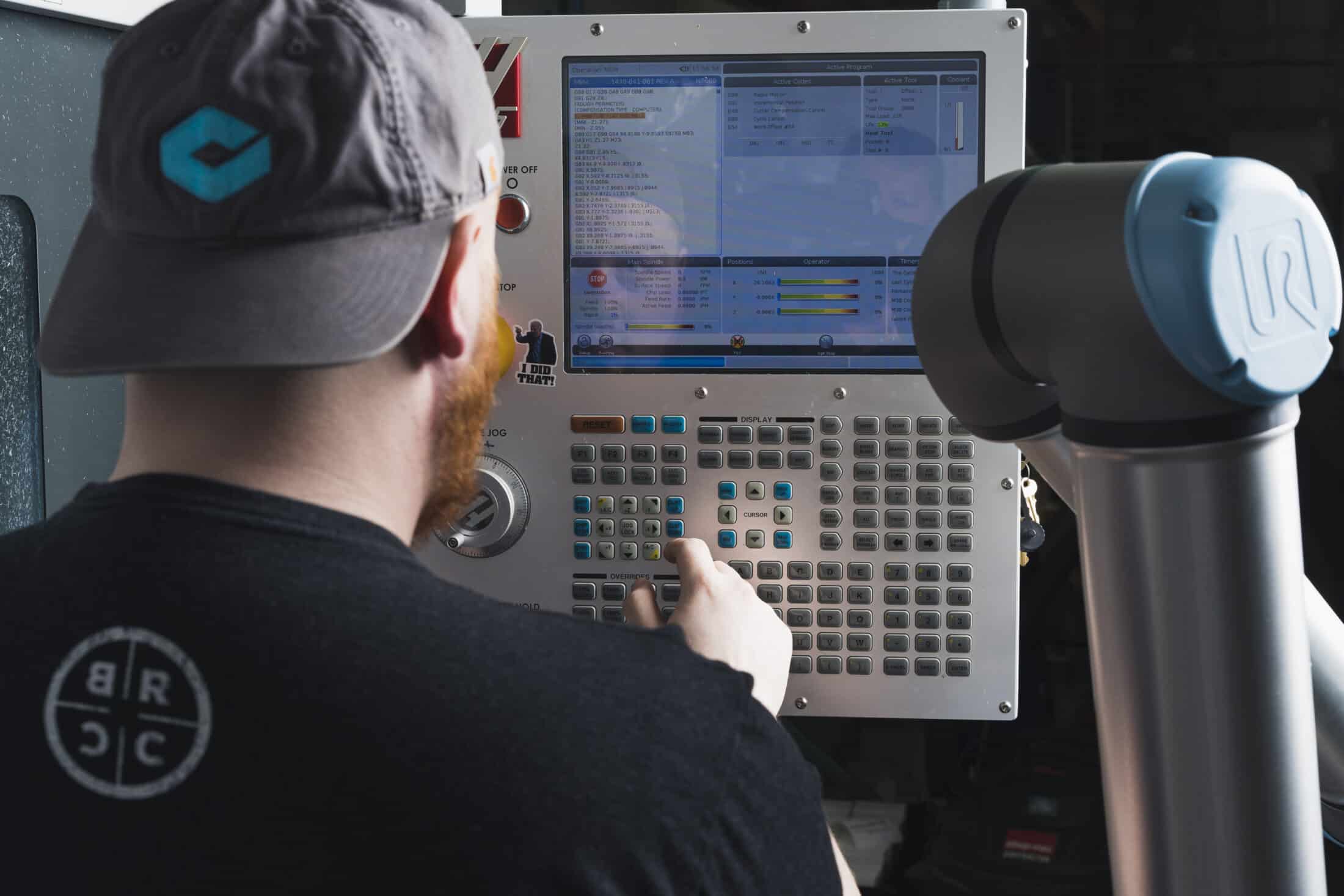
Indiana has long been a manufacturing powerhouse, and today, advanced manufacturing remains the backbone of the state’s economy. With nearly 30% of Indiana’s Gross Regional Product and 20% of its workforce tied to this sector, the prosperity of the Hoosier economy and its communities hinge on the health and resiliency of our manufacturing base. How Indiana’s manufacturing sector responds to new opportunities and challenges will undoubtedly have lasting implications upon Indiana’s economic competitiveness for years to come.
But what does a manufacturing renaissance entail, and what are some of the unique challenges and opportunities that lie ahead? Conexus Indiana, alongside partners Butler University, Ivy Tech Community College, Purdue University and the Indiana Manufacturers Association, explore these questions in a new chapter of Workforce 2024, published by the Sagamore Institute.
Here’s a brief look into some of the most impactful trends and pressing challenges at play today and through 2040.
TRENDS
- Onshoring Production of Critical Products
After a long period of globalization that saw many critical raw materials and components outsourced to overseas facilities, such as components for healthcare products and electronics, companies are beginning to rethink their supply chain strategies. The cost-benefit equation is changing and ongoing supply chain disruptions will make onshoring more attractive for companies in the future.
- Federal Policy Tailwinds
Recent federal policies like the CHIPS and Science Act and the Inflation Reduction Act are creating new opportunities for companies to invest in manufacturing facility construction, new capabilities, and research and development–from semiconductors to clean energy manufacturing and electric vehicles.
- Infrastructure Readiness
Indiana’s future industrial growth could be limited by accessible, reliable and affordable energy, water, transportation networks and telecommunications. While recent federal legislation offers hope, particularly by spurring investments in renewable energy and the grid, Indiana must keep pace with the needs of our industrial firms to support industry growth.
CHALLENGES
- A Widening Workforce Skills Gap
A manufacturing renaissance could accentuate an already pressing challenge: a widening skills gap. The book chapter warns that without significant investment in workforce development, Indiana could face a growing shortage of skilled labor, potentially leaving thousands of manufacturing jobs
unfilled.
- Cultural Transformation in Manufacturing
As younger generations, including Millennials, Gen Z and Gen Alpha enter the workforce, Indiana’s manufacturing sector must undergo a cultural shift that prioritizes flexibility and adaptability. This shift will be critical in retaining and engaging the next generation of talent as well as making the manufacturing environment more attractive to tech-savvy workers.
- Workforce Availability and Demographic Projections
According to Indiana demographers at the Indiana Business Research Center (IBRC), Indiana may face unprecedented labor market challenges in the coming years. Their workforce projections through 2060 show stagnating population growth and a declining labor force participation rate, both of which will affect Indiana’s workforce availability in the manufacturing sector.
Read our follow-up blog to learn more about proposed solutions to capitalize on an era of manufacturing renaissance, including accelerating digitization among small- to mid-sized manufacturers, developing new education pathways and fostering partnerships across educational institutions and industries for supply chain innovation.
Workforce 2040, which also features insights from CICP CEO, Melina Kennedy, Ascend Indiana, AgriNovus and BioCrossroads, is now available from the Sagamore Institute on Amazon.com.
